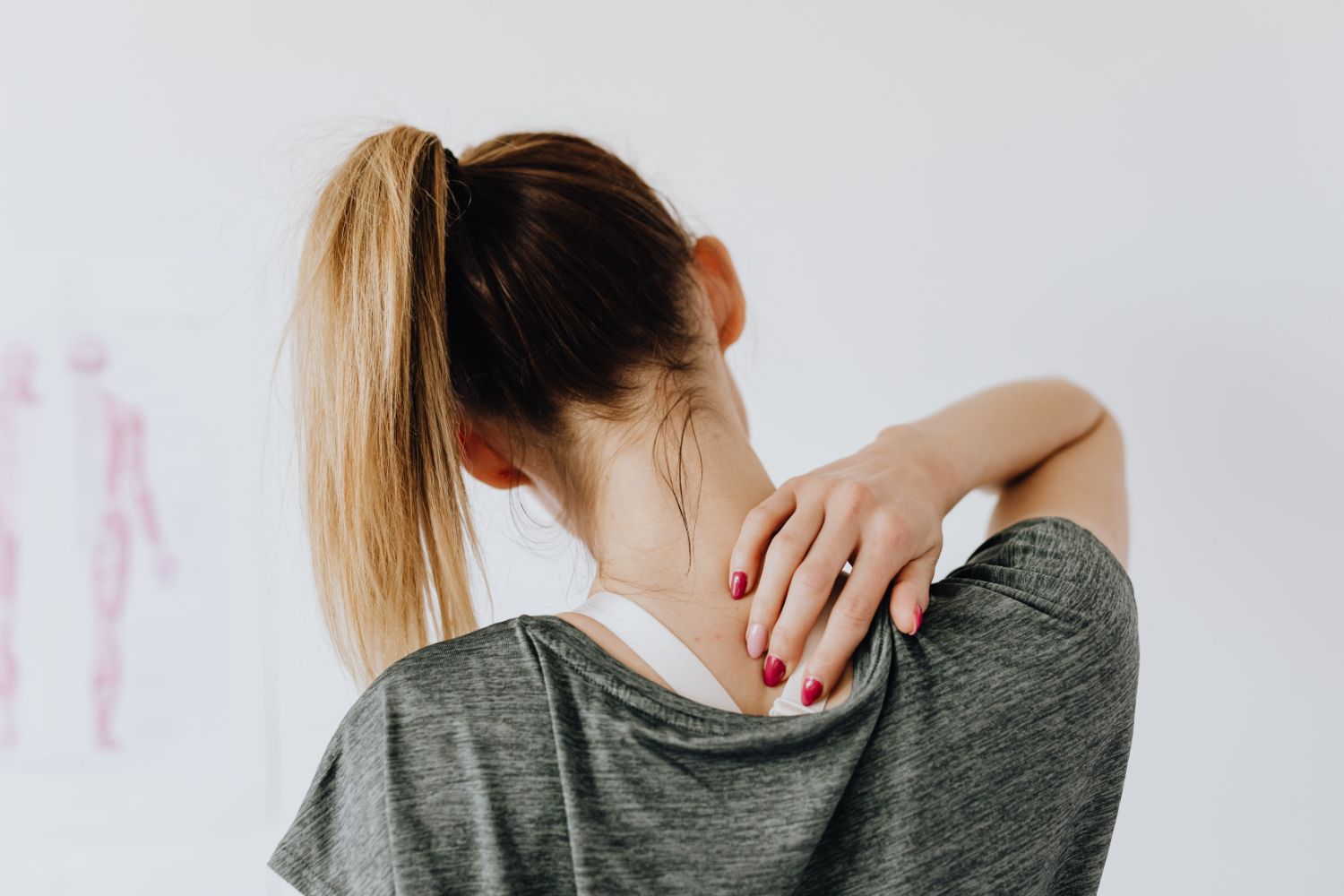What is Lordosis?
 The spine consists of 7 cervical, 12 thoracic, 5 lumbar, and 1 sacral vertebrae. Due to the shapes of the vertebrae, there is specific curvature of the spine that is considered “normal”. Lordosis is commonly seen in the cervical and the lumbar spine. Lordosis is defined as an excessive inward curvature of the spine with an accompanied forward tilted pelvis. There can be a flexible lordosis, which reverses when one bends forward, or a fixed lordosis that does not reverse when one bends forward. In this blog we will be talking specifically about lumbar lordosis.
The spine consists of 7 cervical, 12 thoracic, 5 lumbar, and 1 sacral vertebrae. Due to the shapes of the vertebrae, there is specific curvature of the spine that is considered “normal”. Lordosis is commonly seen in the cervical and the lumbar spine. Lordosis is defined as an excessive inward curvature of the spine with an accompanied forward tilted pelvis. There can be a flexible lordosis, which reverses when one bends forward, or a fixed lordosis that does not reverse when one bends forward. In this blog we will be talking specifically about lumbar lordosis.
Symptoms of Lumbar Lordosis
Those that have increased inward curvature of the spine often experience moderate to severe low back pain that increases with movement and certain postures. Most of the time, the pain does not radiate down the legs. People often complain of pain from sitting for long periods of time, transitioning from sit to stand, stairs negotiation, walking for more than 10 minutes, and lifting objects overhead.
Causes of Lumbar Lordosis
Lumbar lordosis can be congenital, acquired by poor posture, or induced by a trauma. Common causes are achondroplasia, spondylolisthesis, osteoporosis, obesity, and muscle imbalances. In lordosis, the back extensors and the hip flexors become tight and shortened, while the glutes/hamstrings and the abdominals become long and weakened.Treatment for Lumbar Lordosis in NYC
Working to lengthen the short muscles and strengthen the weak muscles is the goal of rehabilitation for this diagnosis. In order to decrease the curvature of the lumbar spine the hip extensors (glutes and hamstrings) and the abdominal muscles (specially the transverse abdominis) must be strengthened. In addition, the hip flexors (iliopsoas and iliacus) and the back extensors must be stretched. Once the muscle lengths and strengths have improved, movements like squatting, dead lifting, and walking must be relearned with the new posture.
Visit our physical therapy page to learn more about potential treatments for lumbar lordosis, offered at The Center for Spine Care and Mobility, or call us at (212) 475-8104.
